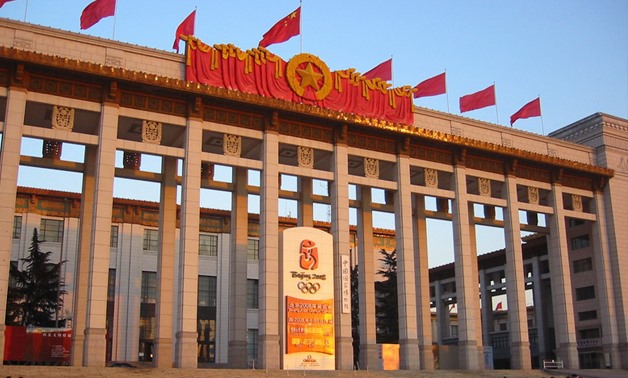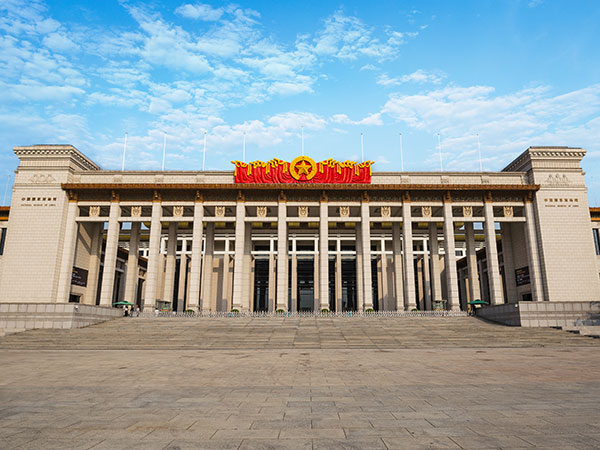The National Museum of China
2 min readThe National Museum of China flanks the eastern side of Tian’anmen Square.The museum’s mission is to educate about the arts and history of China.It is directed by the Ministry of Culture of the People’s Republic of China.
The museum was established in 2003 by merging two separatemuseums that had occupied the same building since 1959:the Museum of the Chinese Revolution in the northern wing(originating from the Office of the National Museum of the Revolution founded in1950 to preserve the legacy of the 1949 revolution)and the National Museum of Chinese History in the southern wing(with origins in both the Beijing National History Museum founded in 1949 and the Preliminary Office of the National History Museum,founded in 1912.

The building was completed in 1959 as one of the Ten Great Buildings celebrating the ten-year anniversary of the founding of the People’s Republic of China.It complements the opposing Great Hall of the People that was built at the same time.The structure sits on 65,000nf and has a frontal length of 313 meters,a height of four stories totaling 40 meters and a width of 149 meters.
After four years of renovation,the museum reopened on March 17,2011with 28 new exhibition halls,more than triple the previous exhibition space,the art exhibition and storage facilities.It has a total floor space of nearly 200,000 square meters for the display.The renovations were designed by the German firm Gerkan,Marg and Partners.

The museum,covering Chinese history from the Yuanmou Man of 1.7 million years ago to the end of the Qing Dynasty(the last imperial dynasty),has a permanent collection of-1,050,000 items with many precious and rare artifacts not to be seen in museums anywhere else in China or the rest of the world.
The most important items in the National Museum of China arethe”Simuwu Ding”from the Shang Dynasty(the heaviest piece of ancient bronzeware in the world,832.84kg),the quadripod carved with four goat-heads of Shang Dynasty,Guojizibai water vessel(pan)of the Western Zhou,the jade suit sewn with gold thread of Han Dynasty and Tang Sai Cai of the Tang and Song Dynasty.








